The Symbolism of the Timber Rattlesnake in Early America
Note: I briefly touched on the topic of the timber rattlesnake in a recent contest post. I wanted to expand on that post as very few people recognize the modern cultural significance of the species, and its symbolic presence during the earliest days of our nation.
We have all seen the Gadsden flag at some point, regardless of whether or not we understand what it symbolizes or its historic significance. People still proudly display the flag today, even though many don't know exactly what the flag depicts or why a rattlesnake is the emblem (we don't often associate America with a serpent). Interestingly enough, to fully understand the meaning behind the Gadsden flag, you have to have a little herpetological understanding.
Meet Crotalus horridus, the Timber Rattlesnake. This large, thick-bodied snake is a venomous species of pit viper found throughout much of the eastern United States. It is also the animal depicted on the Gadsden flag, and its historic range extended throughout what was once the original thirteen colonies. The snake played a greater symbolic role in the colonies of early America than you probably ever realized.
Like most pit vipers, the rattlesnake is an ambush predator, lying in wait for hours, days or even weeks at a time for prey to come just within striking distance. Its dull coloration allows it to blend in easily with the forest floor where it hunts rodents, squirrels and even other snakes. The heat pits (located between the eyes and nostrils) allow the timber rattlesnake to "see" the body heat of they prey in a manner we can best compare to thermal imaging, enabling it to hunt in total darkness.
To understand why this animal became such a powerful symbol, we have to examine both its power and its disposition. The timber rattlesnake bears potent venom, and being a large snake, it is able to create this toxin in large quantities. Considering the venom alone, the timber rattlesnake would easily be considered among the most dangerous snakes in North America. However, the timber rattlesnake is well documented as being mild-mannered and relatively docile. They are not particularly quick to anger, and even when agitated or disturbed, they provide plenty of warning through rattling and mock strikes. Despite being potentially lethal (and people have been killed by this species), it is generally considered to be of little threat as long as you don't continue to provoke it (remember, most people are bitten when they attempt to capture or kill snakes).
It was actually Benjamin Franklin who first began depicting the timber rattlesnake in his publications. Reference was first made in 1751 in a satirical piece published in Franklin's Pennsylvania Gazette; in response to Britain's policy of sending convicted criminals to the colonies, Franklin suggested that rattlesnakes be sent to the British as thanks.
"It has been said, that these Thieves and Villains introduc’d among us, spoil the Morals of Youth in the Neighbourhoods that entertain them, and perpetrate many horrid Crimes; But let not private Interests obstruct publick Utility. Our Mother knows what is best for us. What is a little Housebreaking, Shoplifting, or Highway Robbing; what is a Son now and then corrupted and hang’d, a Daughter debauch’d and pox’d, a Wife stabb’d, a Husband’s Throat cut, or a Child’s Brains beat out with an Axe, compar’d with this 'Improvement and well peopling of the Colonies! In the Spring of the Year, when they [the rattlesnakes] first creep out of their Holes, they are feeble, heavy, slow, and easily taken; and if a small Bounty were allow’d per Head, some Thousands might be collected annually, and transported to Britain. There I would propose to have them carefully distributed in St. James’s Park, in the Spring-Gardens and other Places of Pleasure about London; in the Gardens of all the Nobility and Gentry throughout the Nation; but particularly in the Gardens of the Prime Ministers, the Lords of Trade and Members of Parliament; for to them we are most particularly obliged...I would only add, That this Exporting of Felons to the Colonies, may be consider’d as a Trade, as well as in the Light of a Favour. Now all Commerce implies Returns: Justice requires them: There can be no Trade without them. And Rattle-Snakes seem the most suitable Returns for the Human Serpents sent us by our Mother Country. In this, however, as in every other Branch of Trade, she will have the Advantage of us. She will reap equal Benefits without equal Risque of the Inconveniencies and Dangers. For the RattleSnake gives Warning before he attempts his Mischief; which the Convict does not." -Benjamin Franklin Source
In 1754 (the time of the French and Indian War), the timber rattlesnake was featured in the first political cartoon published in an American newspaper: Franklin's now-famous depiction of a snake cut into eight pieces. It represented the colonies (New England for the head to South Carolina at the tail) with the message "Join, or Die" beneath the serpent. It was an early call to arms against the British.
The symbolism of the timber rattlesnake only saw more use as the American Revolution grew. Paul Revere featured Franklin's cartoon in the nameplate of his paper, the Massachusetts Spy in 1774, depicted fighting valiantly against the "European Dragon". In late 1775, Franklin published an essay in the Pennsylvania Journal, under the name "American Guesser"; in this publication, he suggested the timber rattlesnake as an ideal symbol of the American spirit.
I recollected that her eye excelled in brightness, that of any other animal, and that she has no eye-lids—She may therefore be esteemed an emblem of vigilance.—She never begins an attack, nor, when once engaged, ever surrenders: She is therefore an emblem of magnanimity and true courage.—As if anxious to prevent all pretensions of quarreling with her, the weapons with which nature has furnished her, she conceals in the roof of her mouth, so that, to those who are unacquainted with her, she appears to be a most defenseless animal; and even when those weapons are shown and extended for her defense, they appear weak and contemptible; but their wounds however small, are decisive and fatal:—Conscious of this, she never wounds till she has generously given notice, even to her enemy, and cautioned him against the danger of stepping on her.—Was I wrong, Sir, in thinking this a strong picture of the temper and conduct of America? -Benjamin Franklin (Full essay can be found here)
The rattlesnake grew in popularity (alongside the bald eagle) as a national symbol. It appeared on state currency (the photo below is a $20 bill issued in 1778 by Georgia) and was considered a "mascot" of sorts by several state militias. Many of these included a latin motto: Nemo me impune lacesset, or "No one will provoke me with impunity." Source
At the height of the War, Colonel Patrick Henry ("Give me Liberty, or give me death!") commanded the First Virginia Regiment, a state militia made up of about 300 men. 100 of these men hailed from the town of Culpeper and they bore a unique flag into battle: a white flag with the image of a coiled timber rattlesnake above the now-familiar "Don't tread on me" motto. Source
In 1775, General George Washington established the Continental Navy. Continental Colonel Christopher Gadson (representing South Carolina at the 2nd Continental Congress) was one of seven Marine Committee members chosen for the first naval mission: to intercept British supply ships carrying resources for their troops. Before the first mission (December 1775), the newly appointed commander-in-chief of the Navy,Commodore Esek Hopkins, received a yellow rattlesnake flag from Gadsden (now dubbed the Gadsden flag) to serve a the standard for his naval flagship. It was displayed at the ship's mainmast. Gadsden also presented a copy of this flag to theCongress of South Carolina. Source
"Col. Gadsden presented to the Congress an elegant standard, such as is to be used by the commander in chief of the American Navy; being a yellow field, with a lively representation of a rattlesnake in the middle in the attitude of going to strike and these words underneath, "Don't tread on me." - South Carolina congressional journal (1776) Source
The Gadsden flag is actually considered to be one of America's earliest flags before being replaced by Old Glory, the banner of stars and stripes.
The symbolism of the timber rattlesnake didn't end with the American Revolution. Though the bald eagle became the popular symbol of the American spirit, the rattlesnake still appears on flags and banners around the country. As recently as 1975, the United States Navy began flying the "First Navy Jack", a striped flag that bore the traditional timber rattlesnake, in tradition with the Gadsden flag flying during the earliest naval operations.
In 1977, the Secretary of the Navy directed that the ship in active status with the longest total period of active service shall display the First Navy Jack until decommissioned or transferred to inactive service, at which time the flag shall be passed to the next ship in line with appropriate honors. The display of this jack by the oldest ship in the fleet is intended as a form of recognition to promote pride of service, enhance morale, and contribute to the tradition of naval service. Source
Today, the timber rattlesnake's population is in decline. Habitat loss and human fear are the biggest threat to these animals. People routinely kill them (illegally; they are federally protected) simply because they don't understand them. The timber rattlesnake isn't your average snake; this animal is a national treasure. Like the bald eagle, the rattlesnake is a symbol that has united and emboldened men and women even in America's most trying times. The rattlesnake has been a symbol of our nation since its birth, and now we need to unite once again to protect this amazing animal!
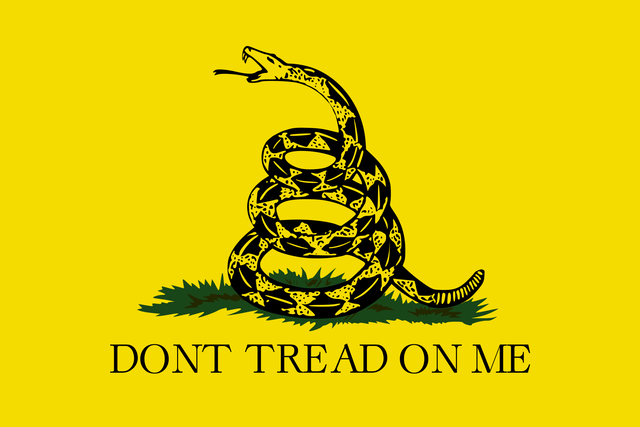
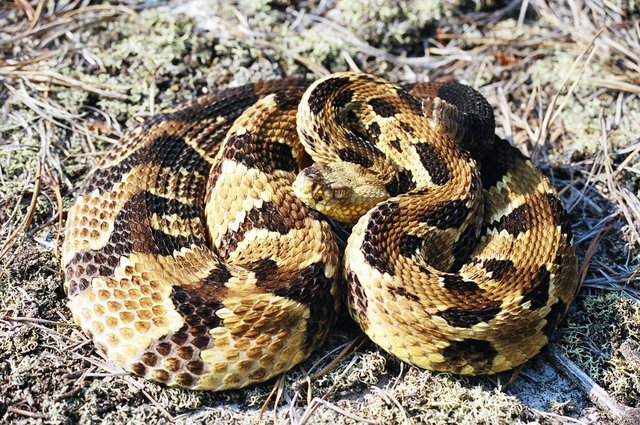
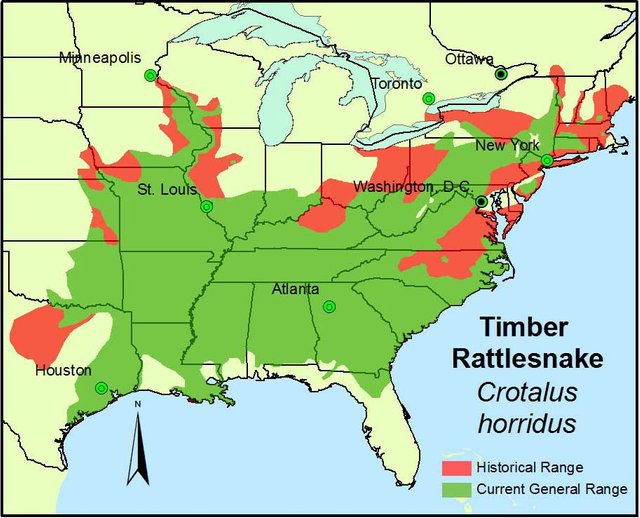

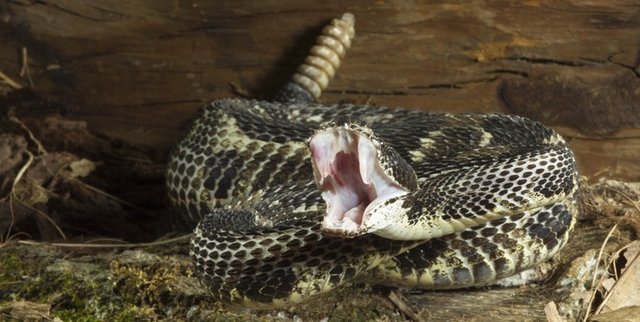
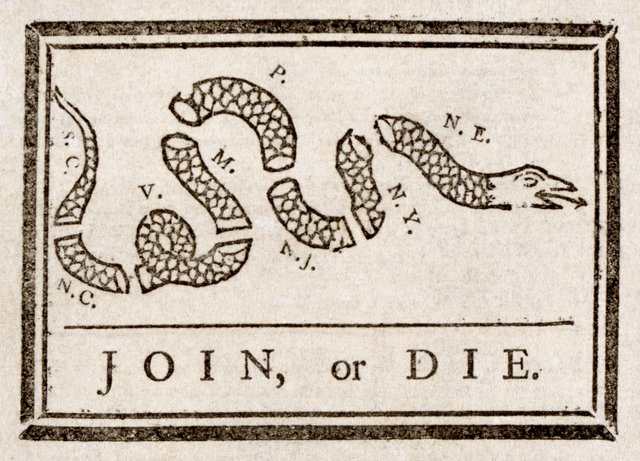
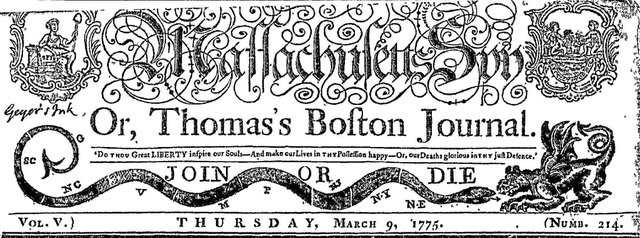
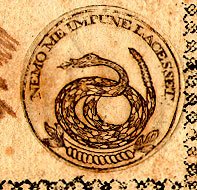
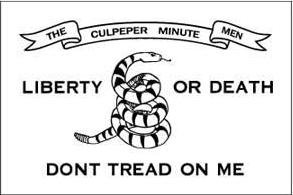

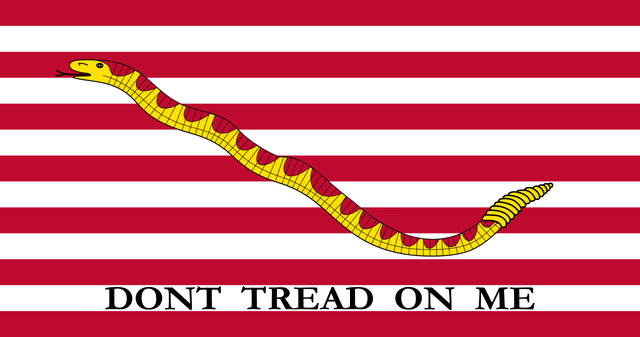
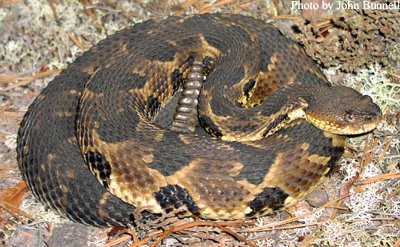
Great article!